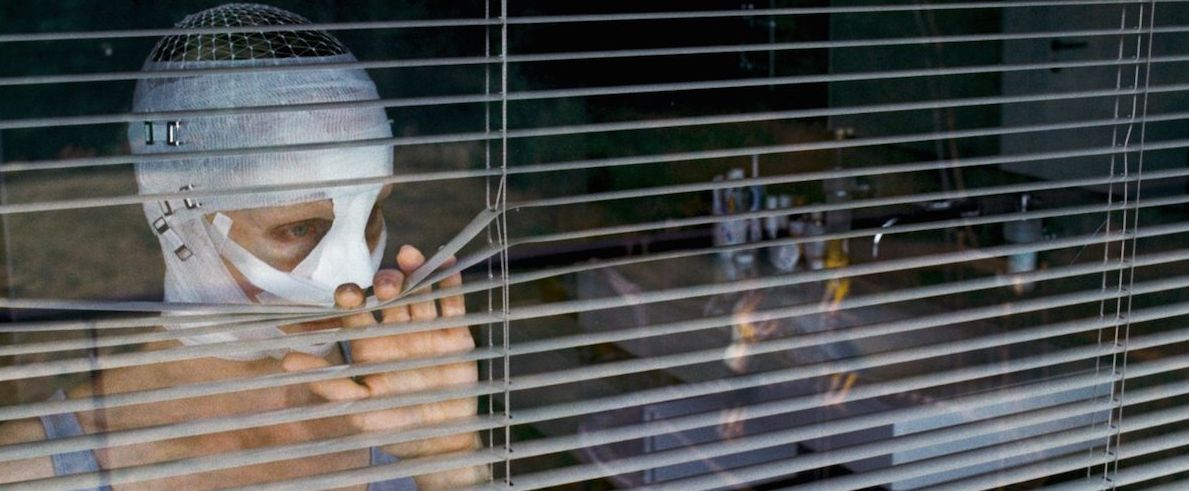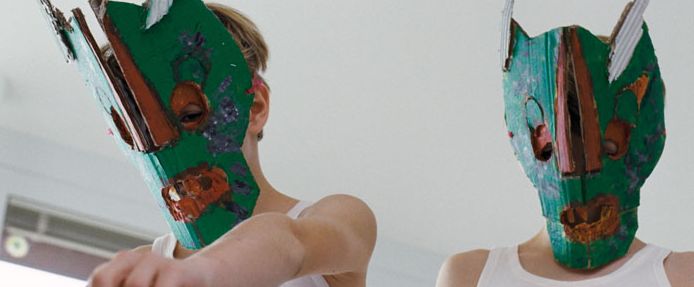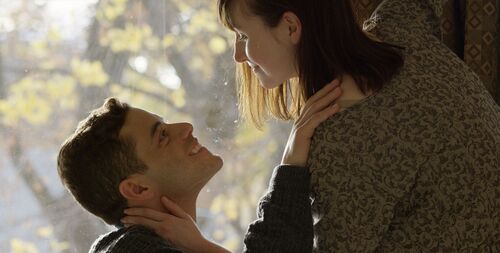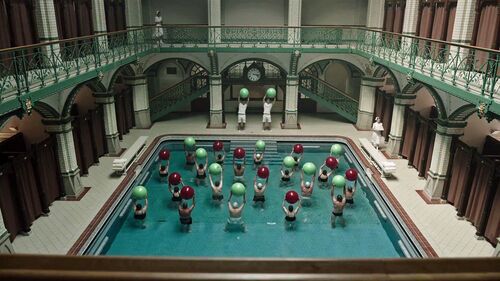
Goodnight Mommy - Elegantly Adequate
Suspense. The entire film “Goodnight Mommy” radiates apprehension, from the very beginning in which twins Lukas and Elias chase each other through an ominously abandoned corn field, to the last scene which possesses an unexpected, yet moderately alluded to, twist. This is the tale of the twins and their mother, a woman who returns from an alleged surgery with her entire face wrapped eerily in bandages, appearing not too dissimilar from “Leatherface” in the horror classic “Texas Chainsaw Massacre.” Was the Mother based off of Leatherface? Absolutely not. The two films are completely unrelated, even down to the genre. They are both horror, yes, but while “Texas Chainsaw Massacre” is a model slasher film, one of my favorites in fact, “Goodnight Mommy” seems to create its own breed of horror. It is purely psychological. So psychological, in fact, that its horror honestly does not climax until the film concludes. The only film comparable is “The Witch,” directed by Roger Eggers. Its originality was entrancing, yet fell short of terrifying.
The Beginning
The first portion of this film is, frankly, boring. The cinematography is wonderful, using a deep depth of field to capture the totality of every scene. This allows for subtlety in horror, but it isn’t capitalized on. From the beginning, the viewer is on edge, more than half expecting every scene to provide a scare, yet none did. Nevertheless, the film earns the benefit of the doubt, instilling dwindling belief that these tense, however increasingly prosaic, scenes would deliver an atmospheric summit. It is difficult to stick with, but blind faith holds attention. Eventually, the peak of the film commences and provides something wildly disturbing, and for many: unwatchable. Throughout the film, the two children refuse to believe this bandaged woman is their real mother, and continue to press her about it until they resort to violence to force the truth out of her.
The Climax
The visual intensity of this scene, coupled with its surprising lack of gore, creates something very unsettling. The determination of the boys disseminates, as does the agony of the mother as they torture her relentlessly for an answer that does not exist. By this point in the film, it is obvious that there is something off about the situation. Something beyond what the boys believe to be true, that this is a monster in place of their mother. At this point, it seems likely that this woman they torture is, in fact, their mother. And that is the beauty of the scene. The film’s depravity does not strike immediately. But as it carried on, and eventually ended, realization of the climax’s genius prevails, even if it requires a processing period. What it provides is a lack of the paranormal, something that forces cognizance of the situation. All of the sudden, the film becomes personal. Although the notion does not necessarily land directly, there is that lingering thought of our own mother, and how the things these children are doing would appear should they happen to us. The film’s paucity of monsters and demons generates a very real panic that hits remarkably close to home, considering the circumstances.

The Twist
This film does an adroit job of foreshadowing and setting up its sinister twist. After all the desolation and mislead persecution the boys put this woman, or creature, through, the truth is revealed that she is their mother. That, however, is simply the first half of the twist. Throughout the film, before the torture and eventual arson of the mother and her home, she only addresses one of the boys. The other is wholly ignored. The two boys run rampant through the woods behind their home, and after one of the boys wanders onto a self-made raft on a small pond, bubbles seethe to the water’s surface. The rafted boy calls out his brother’s name in confusion before the scene cuts to black. Of course, these scenes are suspect, as is the fact that Lukas, the twin that was not acknowledged and did not appear on the raft, does not speak. This is where the genius in Fiala and Severin’s screenwriting shines. Lukas is an enigmatic, intriguing, critical character who, although it is not clear until the very end of the film, is essential to driving the plot forward. He dies, prior to the events in the film, leaving his brother traumatized and his mother in appalling bandages, thus sparking the conflict between a disconsolate, psychotic child and a depressed, emotionally inept mother. It becomes clear that virtually the entire film takes place through the eyes of Elias, the surviving twin, who refuses to accept the passing of his brother. The fact that his mother meets her depression harshly while Elias meets his with denial causes a conflict of interest resulting in dismal events of this film.
Conclusion
Although it was a very slow beginning and middle, the twist and conclusion mostly made up for its shortcomings. Fiala and Severin proved their mastery in filmmaking, regardless of whether or not it was arduous at times. The whole film was gorgeous and entrancing, emitting very positive anticipation of future Fiala/Severin projects. The acting was capital, the plot was spotty but well foreshadowed, and the direction was phenomenal. The biggest let-down regarding this film is its inability to take advantage of the frightful atmosphere it created time and time again. Granted, the film is not necessarily a “horror” as much as it is a “thriller,” but nonetheless it was not precisely what it was anticipated to be and thus fell short at times. Overall, solid but certainly not perfect.



